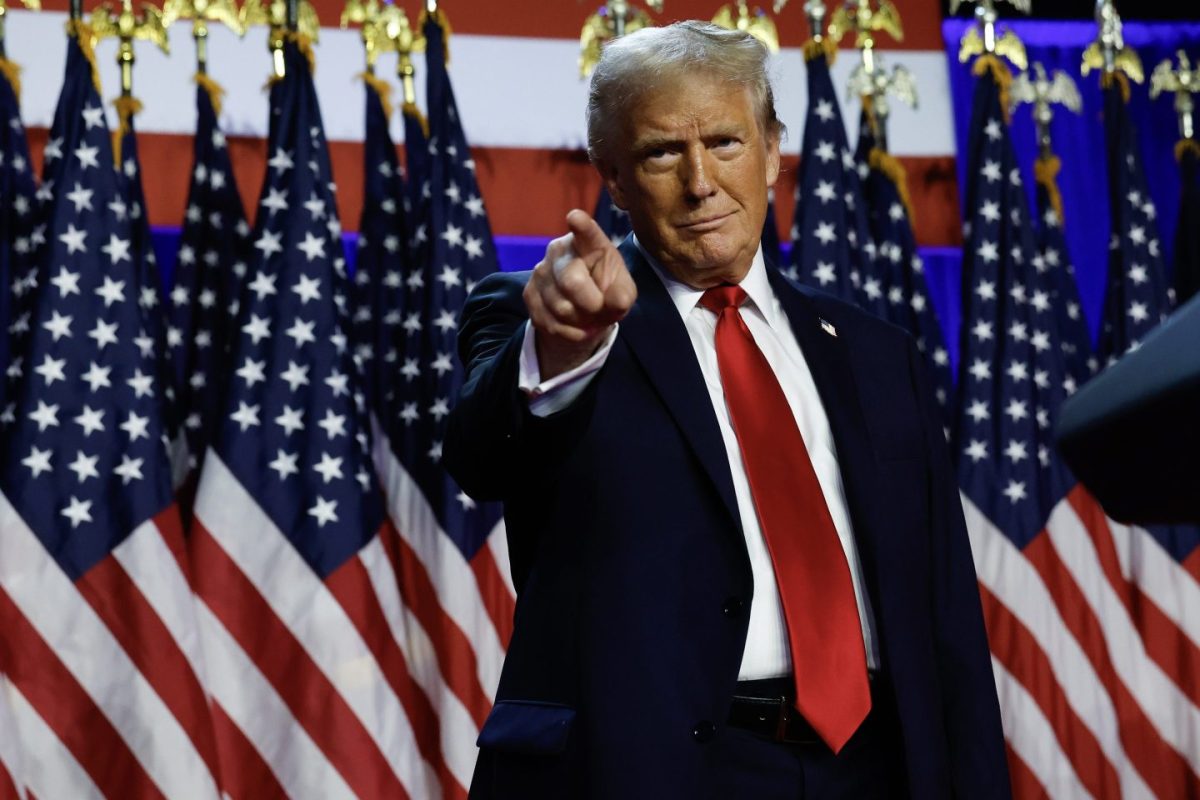It is like déjà vu all over again. On Oct. 21, there was another school shooting only 10 months after the Newtown tragedy. This time the shooting took place at Sparks Middle School in Nevada.
One teacher and the student shooter were killed and two other students were injured. It is too soon to know for sure why this pre-teen student decided to go on a shooting spree; it could be because the student was upset with other peers or the teacher, or as Tom Robinson, deputy chief of the Reno Police Department said to CNN on Monday, “…just going on an indiscriminate shooting spree.”
A 13-year-old student witness of the event said to CNN on Monday, “The student was pointing a gun at the teacher after the teacher told him to put it down, and the student fired a shot at the teacher, and the teacher fell, and everybody ran away.”
The loss of life in this shooting is minimal compared to recent shootings, but enough is enough. Since 1982 there has been a school shooting every year, excluding 1990 and 2002. Over that 31 year span there has been 57 school shootings and a loss of 148 lives along with 117 injured.
Does anybody know if their children are really safe in school anymore? And not just in the elementary school level, but in Colleges and Universities across the country. Who knows when the next angered youth or resident at large decides to bust into a school’s cafeteria door and go on an “indiscriminate shooting spree.” Who knows, it could be your school next.
More needs to be done to protect students across the country at all levels. You could relate this all back to gun violence and gun laws, but no matter what you do, people who want to do harm will still get a hold of what they need. Security in schools must increase.
The livelihood and wellbeing of students and teachers should be every school’s number one priority. Schools need to increase funding for security and reevaluate the plans they have in place. Many schools across the country have put in pilot programs including more surveillance cameras, more locks, metal detectors, and security guards. Many schools have lock down procedures and some Universities even require freshmen to attend active shooter seminars where they learn how to protect themselves during a shooting, such as making barricades with things in the classroom. Some schools have even gone as far as having teachers take self-defense classes on how to take down shooters, and in Arizona, Utah, and Texas some teachers have been armed and trained to shoot as well.
People need to stop acting after the fact and become proactive. Just here at the University of New Haven alone, problems can be easily pointed out. Students have been mugged on the dimly lit streets just off campus. Some have even been approached or grabbed on their walks back to their housing. Yes, UNH has a Police force, but how hard is it to really get on campus? Anybody could easily drive onto campus and enter any building they want. Even getting into the “secure” residence halls is simple. During the day, people wait until someone opens the door and then walk easily past the unoccupied RA desks.
Posted security guard stations are even completely irrelevant. How many times have you actually seen a security guard at the corner of Ruden and Simon Place? How about one just walking around campus at night? Even the security guards posted at the entrances of Forest Hills and Savin Court hardly stop anybody. I know a girl whose ex-boyfriend was able to walk into Forest Hills, while a security guard was on duty, get into her building, break into her room, and beat her. What if he had a gun on him? He could have killed her, along with her roommates and anyone else he pleased, and who would have stopped him? No one.
Some Universities are very secure. For example, Quinnipiac is almost impossible to access if you are not a resident, and is ranked the sixteenth safest campus in America, according to The Daily Beast. They have guards at all the entrances 24 hours a day and even offer walking escorts. Other schools should follow this example.
This matter is getting out of hand. How many more students and teachers have to die before something is done? When will enough be enough?



